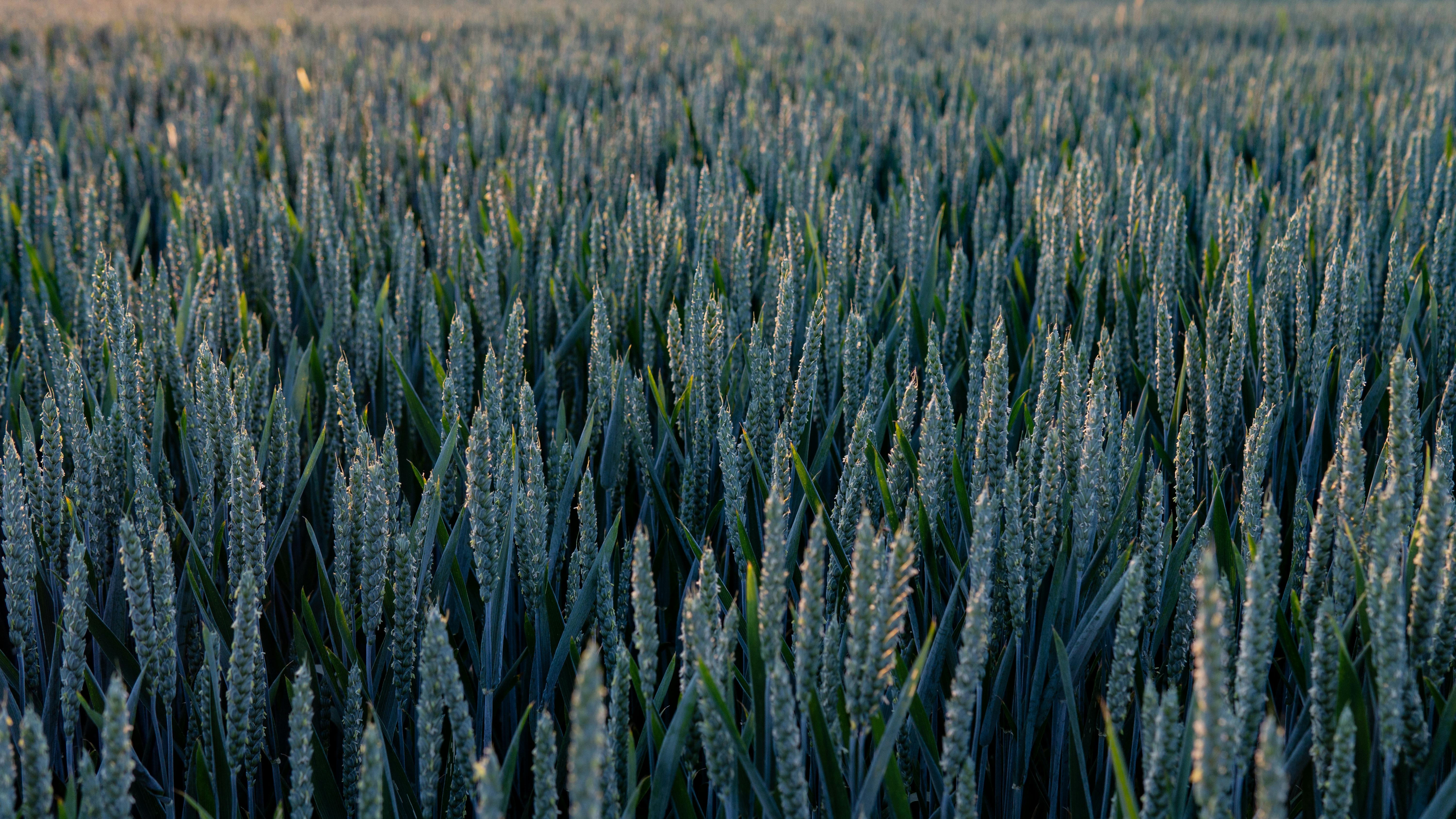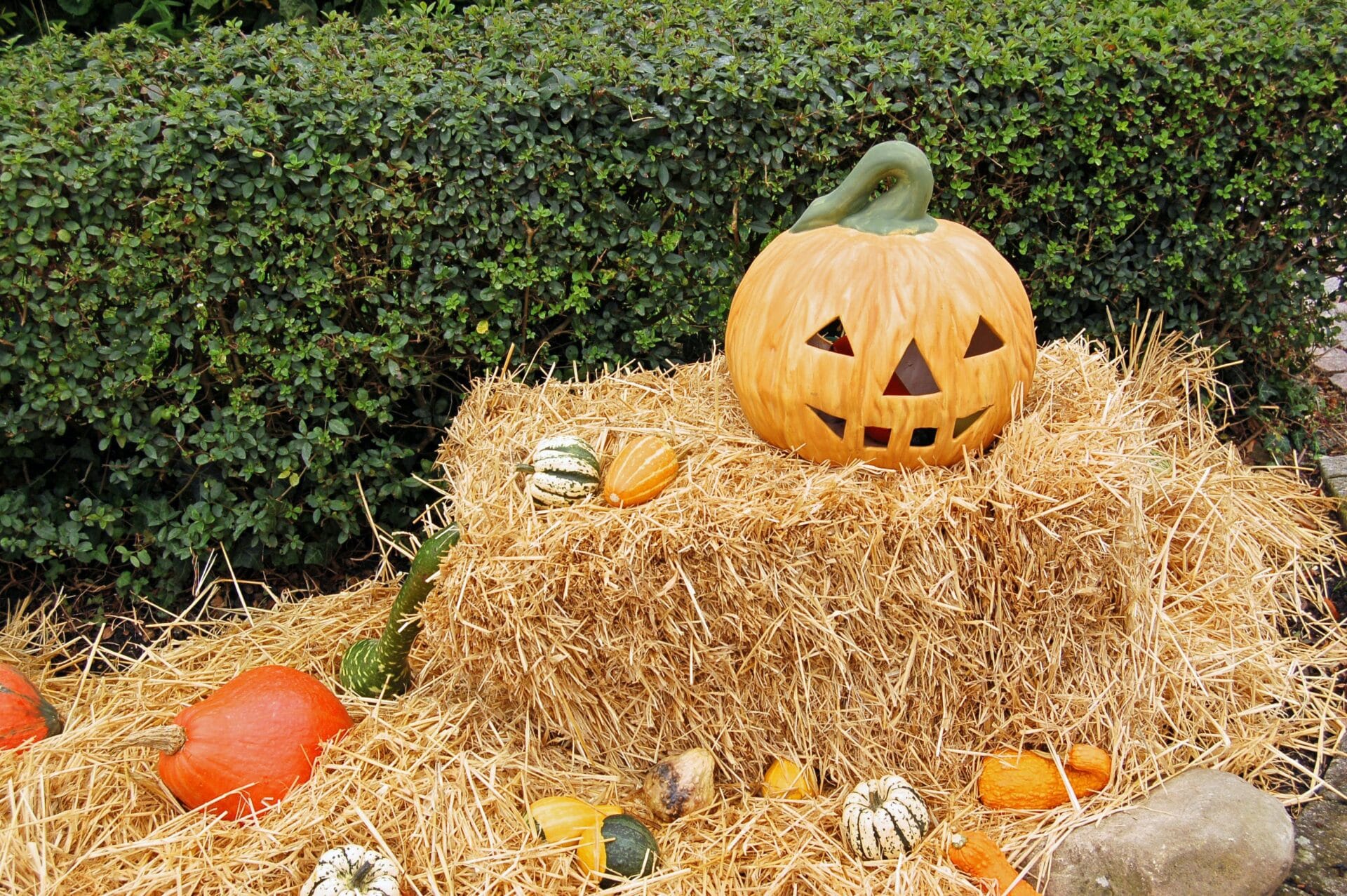Strawberry plants require protection in the winter to withstand cold temperatures and frost. Covering them with straw is one way to do this. Straw provides insulation and helps keep the soil temperature even, keeping the roots safe from extreme temperatures. In addition, straw can help protect the fruit from birds and other critters, keeping your strawberries safe until harvest time. Knowing when to cover strawberry plants with straw is key for successful strawberry production.Covering strawberry plants with straw can provide several benefits to the plants and their fruit. Straw helps to retain soil moisture, reduce weeds, and protect fruit from the elements. Additionally, it can prevent soil-borne diseases such as Botrytis rot from infecting the plants and reduce damage from wind, hail, and frost. This type of protection will aid in keeping the strawberries healthy and increase their yield. Straw also helps to keep the fruit off the ground so that animals cannot access it.
How to Cover Strawberry Plants With Straw
Covering your strawberry plants with straw is an effective way to limit weeds, retain moisture in the soil, and protect your plants from extreme weather. Straw is a great insulator and can also help prevent common diseases such as grey mold, black rot, and fruit rot from affecting your strawberry crop. It’s important to use straw rather than hay for mulching since hay can contain weed seeds that can germinate in the soil. Here are some tips for how to cover your strawberry plants with straw:
1. Spread a 3-4 inch layer of straw around each of your strawberry plants. Make sure to spread it evenly and cover the entire root zone of each plant.
2. Ensure there is no direct contact between the leaves of the plant and the straw. This will help prevent fungal growth and ensure that air flow is not blocked.
3. If you live in an area that experiences very hot summers or cold winters, you may want to add another 1-2 inches of straw for extra insulation.
4. When it’s time to harvest the strawberries, remove any excess straw from around the plants so you can easily access the fruits. You can then use this removed straw as mulch for other garden beds.
5. If you find that weeds are growing in your mulch layer, simply pull them out by hand or spot treat with an herbicide approved for use on edible crops.
By following these simple steps, you’ll be able to effectively cover your strawberry plants with straw and reap all of its benefits!
What Type of Straw to Use for Covering Strawberry Plants
When deciding what type of straw to use for covering strawberry plants, it is important to consider the amount of protection that the straw can provide. Straw can help protect strawberries from frost, heavy rains, and other weather conditions that can damage the fruit. It also helps keep weeds away and conserves soil moisture. The best type of straw for covering strawberry plants is a long-stemmed variety such as rye or wheat straw. This type of straw is more resistant to mold and mildew and provides more coverage than shorter-stemmed varieties. When using wheat or rye straw for covering strawberry plants, make sure to spread it out evenly in a thick layer so that there are no gaps between the pieces of straw. This will ensure that the strawberries are adequately protected from the elements.
How Much Straw to Use for Covering Strawberry Plants
Straw is a useful material to cover strawberries plants during cold weather. It can help protect the strawberry plants from freezing temperatures and prevent damage from snow and ice. But how much straw should you use to cover your strawberry plants?
The amount of straw needed to cover strawberry plants depends on several factors, including the size of the plant, the type of straw used, and the severity of the cold weather. Generally, you want to use enough straw to completely cover the plant with at least a few inches of straw. This will provide enough insulation to keep the plant warm during cold snaps.
When choosing a type of straw for covering strawberry plants, consider a longer-lasting material such as wheat or oat straw. These types of straw are more resistant to breakdown from moisture and wind than other materials like hay or pine needles.
In addition, you may want to consider using multiple layers of straw when covering your strawberry plants. This will provide added insulation from extreme temperatures and can help keep your plants safe during prolonged cold spells.
Finally, it’s important to make sure that your strawberries are well-drained before covering them with straw. If the soil is too wet or damp, it can cause mold or fungus growth in the covered area which could potentially harm your plants.
Overall, using enough straw to completely cover your strawberry plants is essential for protecting them during cold weather. You’ll need to consider factors such as size and type of material when determining how much straw is needed. Additionally, multiple layers may be necessary in extreme conditions and make sure that your soil is well drained before applying any kind of covering material.
When to Start Covering Strawberry Plants With Straw
Strawberry plants should be covered with straw when they are beginning to flower and set fruit. Straw helps to keep the fruit clean and free from diseases, such as botrytis or gray mold, which can be caused by overly wet conditions. It also helps protect the plants from temperature extremes and can help keep weeds at bay. Before covering the strawberries with straw, it is important to make sure that the soil is moist but not too wet. Too much moisture can lead to root rot and other issues. Additionally, it is important to check for pests before covering your strawberry plants with straw. Once the straw is spread over your strawberry plants, it should be kept moist throughout the growing season in order to keep the soil temperature even and prevent drying out of the roots. As harvest time approaches, it is important to remove any excess straw from around your strawberry plants so that you can easily pick the ripe berries.

Straw Cover Considerations When Covering Strawberry Plants
Straw is often used to cover strawberry plants in garden beds. This helps keep the soil moist and prevents weeds from growing. Furthermore, it provides insulation against extreme temperatures, protecting the plant from frost damage. When using straw to cover your strawberry plants, there are a few considerations to keep in mind.
Weed Prevention
Straw can be effective at preventing weed growth, but it’s important to make sure that the straw is thick enough and spread evenly over the bed. If the straw is too thin or not spread properly, weeds may still be able to grow.
Protection From Frost Damage
Straw can provide some insulation against frost damage, but it is not as effective as using an actual frost cover. If you are expecting a hard freeze, it’s best to use a frost cloth or other type of protective covering over the strawberry plants.
Mulching and Fertilizing
When using straw as a mulch for your strawberries, make sure that you are fertilizing regularly according to the needs of your specific plants. Straw does not provide any nutrients to the soil or plant itself, so regular fertilization is necessary for optimal growth and fruit production.
Removal
Once winter has passed and the threat of frost has subsided, you should remove any straw covering from your strawberry plants. The straw should be removed carefully so as not disturb the roots of the plant or damage any new growth. After removal, you can apply a fresh layer of mulch if desired.
Signs That It’s Time to Remove the Straw From the Strawberry Plants
Strawberry plants are a great way to get fresh, juicy fruit in your garden. But the straw that is used to protect the plants from frost and soil erosion needs to be removed when the growing season is over. Here are some signs that it’s time to remove the straw from your strawberry plants:
1. When you see new growth on your strawberry plants, it is a sign that it’s time to remove the straw. New growth means that the plant is ready for its next stage of development and needs more access to sunlight, water, and nutrients.
2. The leaves of your strawberry plants should be dark green and glossy, signifying that they are healthy and strong. If you notice any yellowing or wilting leaves, this could be a sign that your plant isn’t getting enough sunlight or air circulation due to the straw covering it up.
3. If you can see weeds growing around your strawberry plants, this could mean that there is too much moisture being kept in by the straw and not enough draining away. Weeds thrive in moist environments so removing the excess straw will help reduce their growth around your strawberries.
4. If you notice any signs of fungal disease such as powdery mildew or black spot on your strawberry plants, this could be an indication that there is too much moisture being held in by the straw mulch, causing these diseases to spread quickly.
By keeping an eye out for these signs, you’ll know when it’s time to remove the straw from your strawberry plants so they can continue to thrive all throughout the growing season!
Alternatives to Using Straw for Covering Strawberry Plants
Straw is the most commonly used material for covering strawberry plants, but it’s not your only option. There are several alternatives you can use that will offer similar protection from the elements while still allowing air and light to reach your plants. Here are some of the most popular alternatives to using straw for covering strawberry plants:
Mulch: Mulch is a great alternative to straw because it helps retain moisture and keeps weeds out. You can use organic mulches such as grass clippings, leaves, or shredded bark. It’s important to keep the mulch away from crowns or stems of the plant so it doesn’t smother them.
Fabric Covering: Fabric covers provide excellent protection from frost and cold weather while still allowing air and light to reach your plants. They are also more aesthetically pleasing than other materials. Some gardeners choose to cover their plants with burlap bags or sacking cloth.
Plastic Sheeting: Plastic sheeting is an affordable option when it comes to covering strawberry plants during cold weather. It provides good insulation and can help keep weeds out, though you’ll need to make sure there are small holes in the plastic so that air can circulate around the plant.
Fleece Blankets: Fleece blankets provide excellent insulation without blocking air or light from getting through. They come in a variety of colors and sizes, making them a great choice if you want a more decorative look for your garden beds. You’ll want to make sure that the blanket is securely anchored around each plant so that it stays in place during windy days.
No matter which material you choose for covering strawberry plants, be sure to remove it as soon as possible once temperatures warm up again in the springtime so that your plants get plenty of fresh air and sunshine!

Conclusion
Covering strawberry plants with straw is an effective way to protect them from frost, pests, and diseases. Not only is it an inexpensive option, but it also helps create a more even temperature and insulation for the plants. Straw mulch also prevents weeds from growing and can help retain moisture in the soil. However, it is important to remember that when using straw mulch, it should be checked periodically for pests or disease and replaced if needed. It is also important to make sure that the straw does not come into contact with the plant itself as this can lead to rot or other issues. All in all, covering strawberry plants with straw is an effective way to ensure that your crop will thrive and be productive.
Overall, when deciding when to cover strawberry plants with straw, timing is key. It’s best to cover them before the first frost or when temperatures drop below freezing. The type of straw you use should be chosen carefully depending on where you live and what type of climate you have. Lastly, remember to check the straw periodically for any pests or diseases and replace if necessary. With proper care and maintenance, covering strawberry plants with straw can be a great way to ensure your crop thrives every year!


